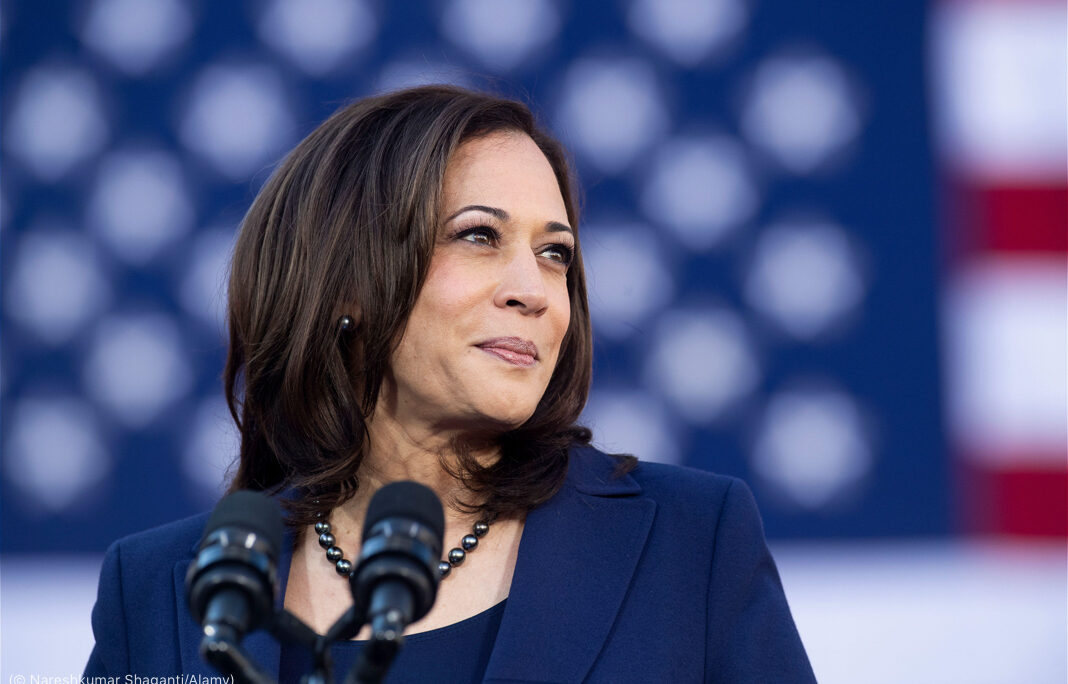Recent polls conducted by the New York Times, Philadelphia Inquirer, and Siena College indicate a competitive presidential race in key swing states. Former President Donald Trump is leading Vice President Kamala Harris by six points in Arizona, while Harris holds a narrow four-point advantage in Pennsylvania.
The polling, which surveyed over 1,600 voters, highlights the contentious nature of the election as both candidates strive to sway a small number of undecided voters.
Trump’s lead in Arizona appears to be driven by voters’ economic concerns, reflecting a broader sentiment favoring his policies on this issue. In contrast, Harris’s strength in Pennsylvania is attributed to her stance on abortion, where she enjoys a 20-point trust advantage over Trump.
This issue has become particularly salient for voters in the Keystone State, which underscores Harris’s ability to connect with constituents on critical social issues.

Although Harris’s lead in Pennsylvania is within the margin of error, it aligns with a trend of consistent polling that has shown her with a slight advantage in the state for several months. Pennsylvania is considered a pivotal battleground in the upcoming election, with its 19 electoral votes being crucial for both candidates’ paths to victory. As such, both campaigns are likely to focus their efforts on securing votes in this state.
Both Trump and Harris are heavily investing in Pennsylvania, with a combined expenditure of around $350 million on television ads and frequent campaign appearances in the state as the election approaches. Notably, Trump has gained ground in economic approval, boasting an 11-point lead over Harris in Pennsylvania regarding this issue, up from a four-point lead in September.
His consistent lead in Arizona, particularly on economic matters, suggests that both candidates are strategically positioning themselves to appeal to voters’ most pressing concerns as they head into the final weeks of the campaign.


